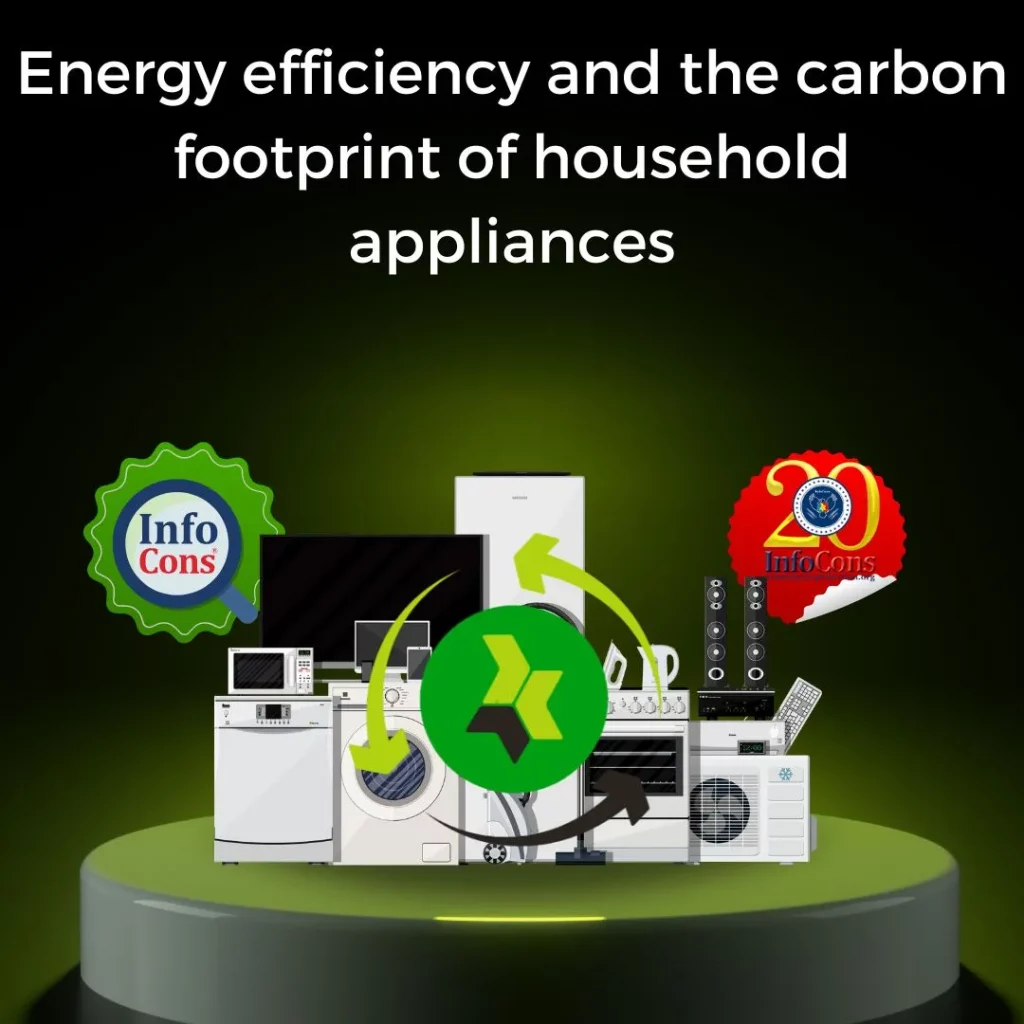
At first, it may not seem so important to unplug electronics and appliances when they’re not in use, but the power is consumed even when they are on standby. Especially in the context of the current global energy crisis, unplugging the appliances means saving energy and, consequently, cutting down on some unnecessary costs.
Thus, all electronic devices that have circuits or sensors in their composition and that are connected to a power source will generate significant energy losses. They should therefore be unplugged, not just switched off, at least 10 hours a day (either at night when you’re sleeping or during the day when you’re away from home).
To give you an idea of how much carbon emissions is released by these appliances (taking into account lifecycle emissions, from production, to use and ultimately end of life treatment), we invite you to take a look at the following list (the values are sourced from ADEME:
- Washing machine: 539 kg CO2e/product
- Dishwasher: 513 kg CO2e/product
- Television: 422 kg CO2e/product
- Refrigerator: 382 kgCO2e/product
- Calculator: 349 kg CO2e/product
- Oven: 319 kg CO2e/product
- Printer (laser): 191 kg CO2e/product
- Laptop: 169 kg CO2e/product
- Microwave oven: 118 kg CO2e/product
- Modem: 115 kg CO2e/product
According to recent measurements, in approximately 1300 households across the EU, the average annual electricity consumption in stand-by mode is 169 kWh per household, which represents about 6.3% of the total annual energy consumption per household. Annual stand-by energy consumption for all households in the 27 European Member States counts as 43 TWh and is responsible for emitting about 19 million metric tons of CO2e per year. Out of these 43 TWh, 9 TWh are associated with the passive (stand-by) energy use of office appliances.
Read also : Food Risks: 7 Problematic Foods, Frequently Recalled
Studies show that electronic products such as gaming consoles use as much energy in stand-by mode as when they are in use (either for joystick or software updates).
Another common, but widely ignored fact is the simple pressing of the “off” button of an IT equipment when not in use, which would save 7 TWh, responsible for 3.5 million metric tons of CO2e (for all 27 EU countries).
In the case of coffee machines, the stand-by mode comes with high energy losses, around 60 kWh/year, translated as 15.9 kg CO2e/year.
Beside unplugging, other few easy and effective recommendations for consumers are:
- Replacing old or non-energy efficient appliances;
- Insulating your home;
- Replacing light bulbs with LED ones (which use 6 times less energy);
- Using an extension switch, especially for office appliances, and thus, canceling their consumption instantly;
- Configuring devices to take advantage of their low power features.